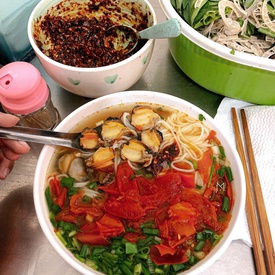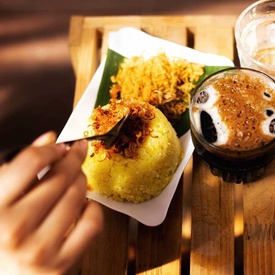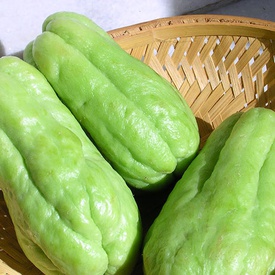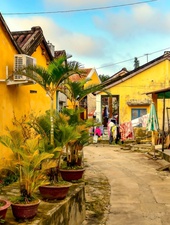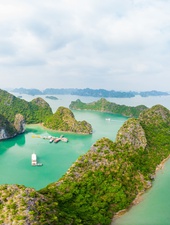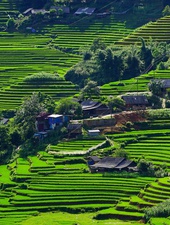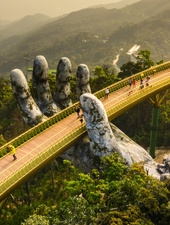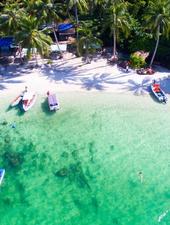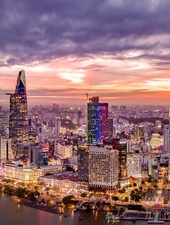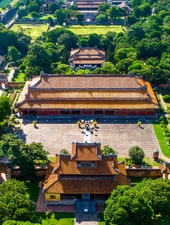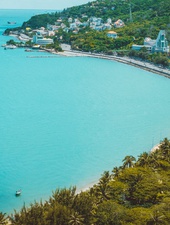Nghe An
Covering an area of approximately 16,470 km², with nearly 12,000 km² of forests and mountains, Nghe An rightfully holds its title as the largest province in North Central Vietnam.
Nghe An is bordered by Thanh Hoa Province to the North, Ha Tinh Province to the South, Laos to the West, and the East Sea to the East. Vinh, the capital and largest city of Nghe An, is located 291 km south of Hanoi. Notably, Nghe An and Ha Tinh provinces were combined as Nghe Tinh Province from 1976 until 1991, when they were officially separated and renamed. 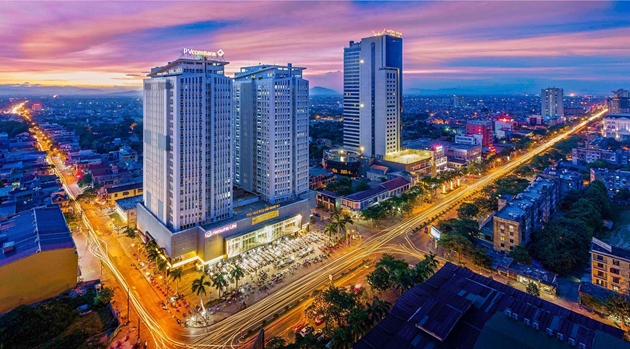 Photo: baothanhtra.com.vn
Photo: baothanhtra.com.vn
Being part of the expansive Truong Son Mountain Range, Nghe An features a largely mountainous topography, with about 83% of its area classified as mountainous. The terrain slopes down from Northwest to Southeast, interspersed with mountains, hills, rivers, and many small valleys. The prominent Pulaileng Peak, located in Ky Son District, rises to an elevation of 2,711m, while the low-lying plains of Yen Thanh District reach a modest height of just 0.2m. Additionally, Nghe An is traversed by an intricate system of rivers totaling 9,828 km in length, with the largest river being the Ca River (or Lam River), which originates in Laos. The province also boasts a coastline of 82 km and six river mouths, facilitating the development of seaports and marine transportation. 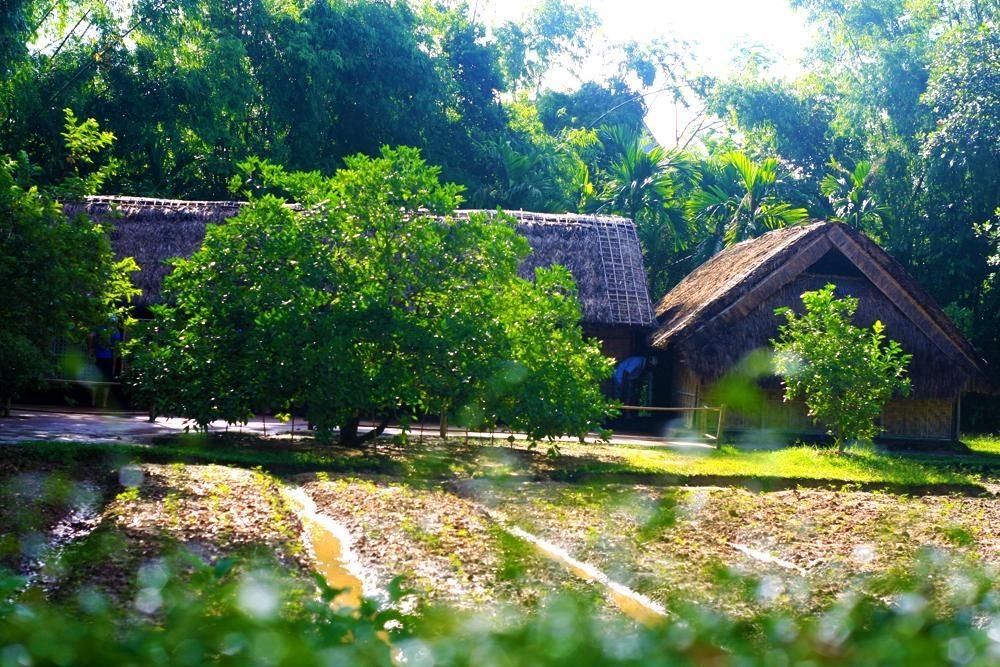 Photo: mytour.com
Photo: mytour.com
Nghe An experiences a monsoonal tropical climate characterized by four distinct seasons: Spring, Summer, Autumn, and Winter. Between April and August, the province is influenced by dry southwesterly winds. In contrast, winter brings humid and cold northeasterly winds. Nonetheless, the weather remains generally favorable throughout the year, with an annual average precipitation of about 1,670 mm and an average temperature of 25.2°C. Like many regions in Vietnam, Nghe An has high humidity levels, typically around 86% to 87%.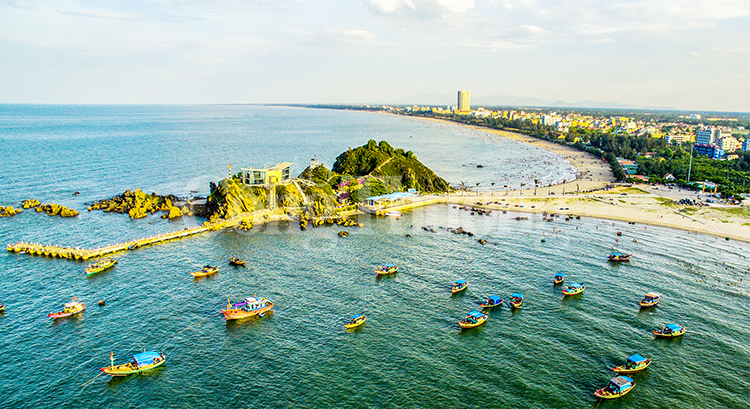 Photo: dulich24h.com.vn
Photo: dulich24h.com.vn
Nghe An is home to a rich cultural tapestry, with various traditional festivals celebrated along its rivers, such as the Cau Ngu Festival and Ruoc Hen Festival. The province also hosts significant festivals that reflect local myths, historical events, and community spirit, including the Cuong Temple Festival, Van Loc Village Festival, and Lotus Village Festival. Tourists can engage with the region’s extensive history through visits to over 200 historical and cultural sites, including Kim Lien Village, the birthplace of President Ho Chi Minh. Besides its cultural heritage, Nghe An is blessed with stunning natural beauty, featuring over 82 km of picturesque coastline and numerous beautiful beaches that attract both domestic and international visitors. Among the most popular beaches are Cua Lo, Cuu Hoi, Nghi Thiet, Bai Lu, and Quynh Bang.
| 18°C | ||
| Humidity | 96% | |
| Wind | 2.2 km/h | |
| Sunrise | 23:23 | |
Seasonal Guides
Best Of Nghe An
See, Eat, Sleep, Shop, Stay - The Best of Nghe An
Frequently asked questions
Is there any resort in Nghe An?
Absolutely! Vinpearl Discovery Cua Hoi remains a top choice in Nghe An, offering a luxurious 5-star experience. Additionally, consider other excellent options like Cua Lo Golf Resort, Sai Gon Kim Lien Resort, and Bai Lu Resort for their unique amenities and beautiful surroundings.
What are must-try food in Nghe An?
Nghe An's cuisine is truly distinctive and bursting with flavor. Don't miss out on local favorites like eel porridge, flavorful eel soup served with banh mi, banh muot (steamed rice rolls), banh beo (rice cakes), and banh xeo (Vietnamese pancakes). Be sure to try nhut thanh chuong, a deliciously pickled jackfruit that perfectly complements the region's culinary offerings.
How to go to Pu Mat national park from Vinh city?
Located approximately 115 km from Vinh City, Pu Mat National Park is a fantastic destination for fresh air and a true nature experience.
You can reach Pu Mat by motorbike or taxi, but for a budget-friendly option, consider taking a local 16-seat bus. Tickets cost around 80,000 to 100,000 VND per person each way, and these buses typically offer hotel pick-up in Vinh City. Recommended local bus services include Nghia Mai, Thang Hien, Tinh Nga, Ong Do, and Hung Duc.
When is the best time to visit Cua Lo Beach?
According to the World Tourism Organization, Cua Lo Beach is one of Vietnam's stunning coastal destinations. The ideal time to visit is during the summer, especially from June to August, which is peak season for Vietnamese tourists, with temperatures rising to 40 degrees Celsius. However, for a more enjoyable experience, consider visiting from April to May when the weather is pleasant and not excessively hot.
Is Nghe An worth visit?
Yes, Nghe An is a beautiful province in the North Central region of Vietnam, renowned for its stunning natural landscapes, including pristine beaches and lush forests rich in diverse flora and fauna. Additionally, it boasts over 131 historical and cultural sites recognized as national treasures, offering visitors a chance to explore its rich heritage and history.


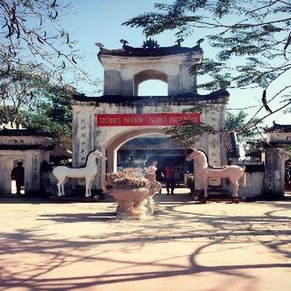 The Holy Bach Ma Temple
The Holy Bach Ma Temple
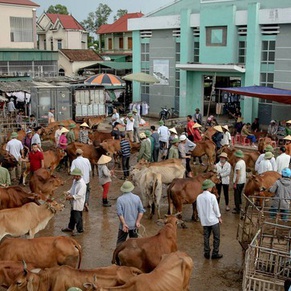 Thanh Luong Cattle Market
Thanh Luong Cattle Market
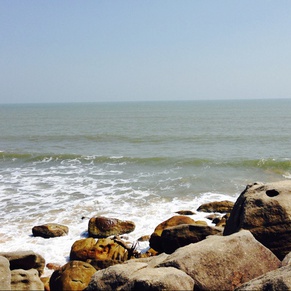 Quynh Phuong Rock Bank
Quynh Phuong Rock Bank
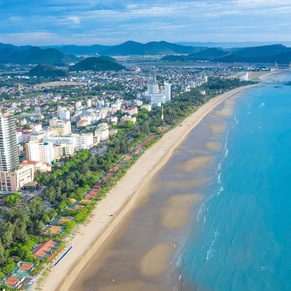 Cua Lo Beach
Cua Lo Beach
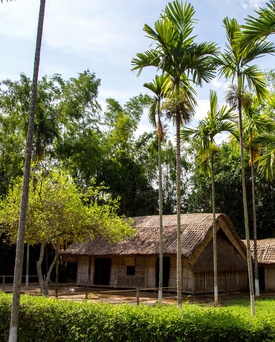 Nghe An in January
Nghe An in January
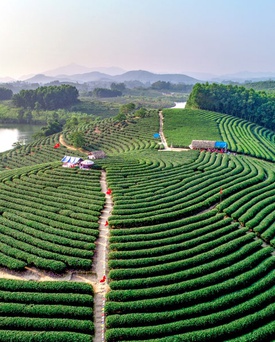 Nghe An in February
Nghe An in February
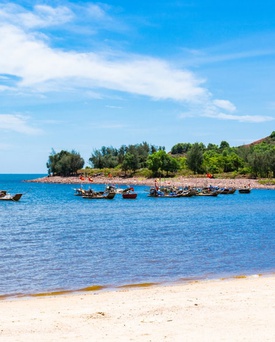 Nghe An in March
Nghe An in March
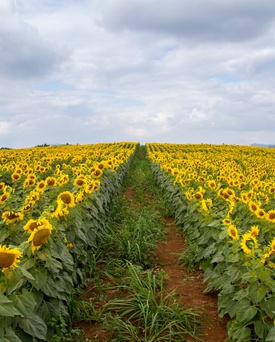 Nghe An in April
Nghe An in April
 Nghe An in May
Nghe An in May
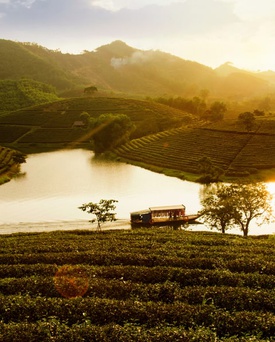 Nghe An in June
Nghe An in June
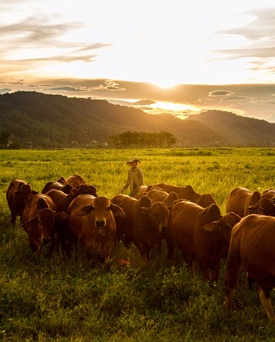 Nghe An in July
Nghe An in July
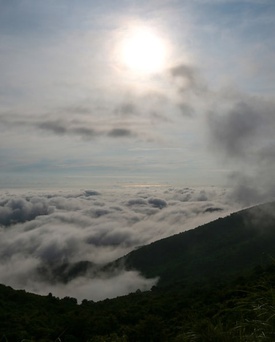 Nghe An in August
Nghe An in August
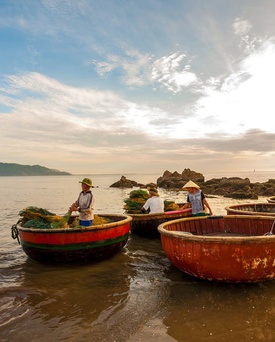 Nghe An in September
Nghe An in September
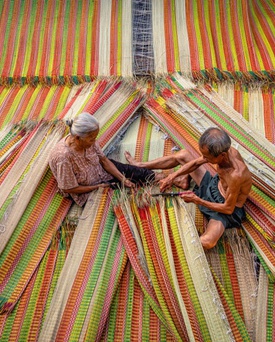 Nghe An in October
Nghe An in October
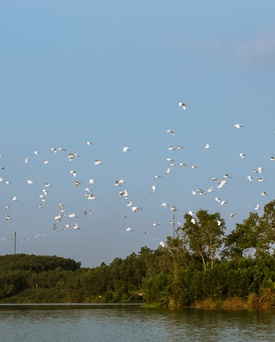 Nghe An in November
Nghe An in November
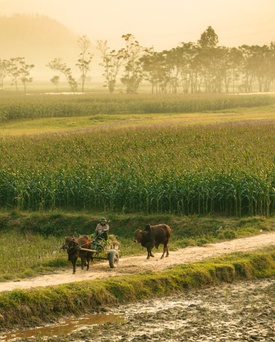 Nghe An in December
Nghe An in December
